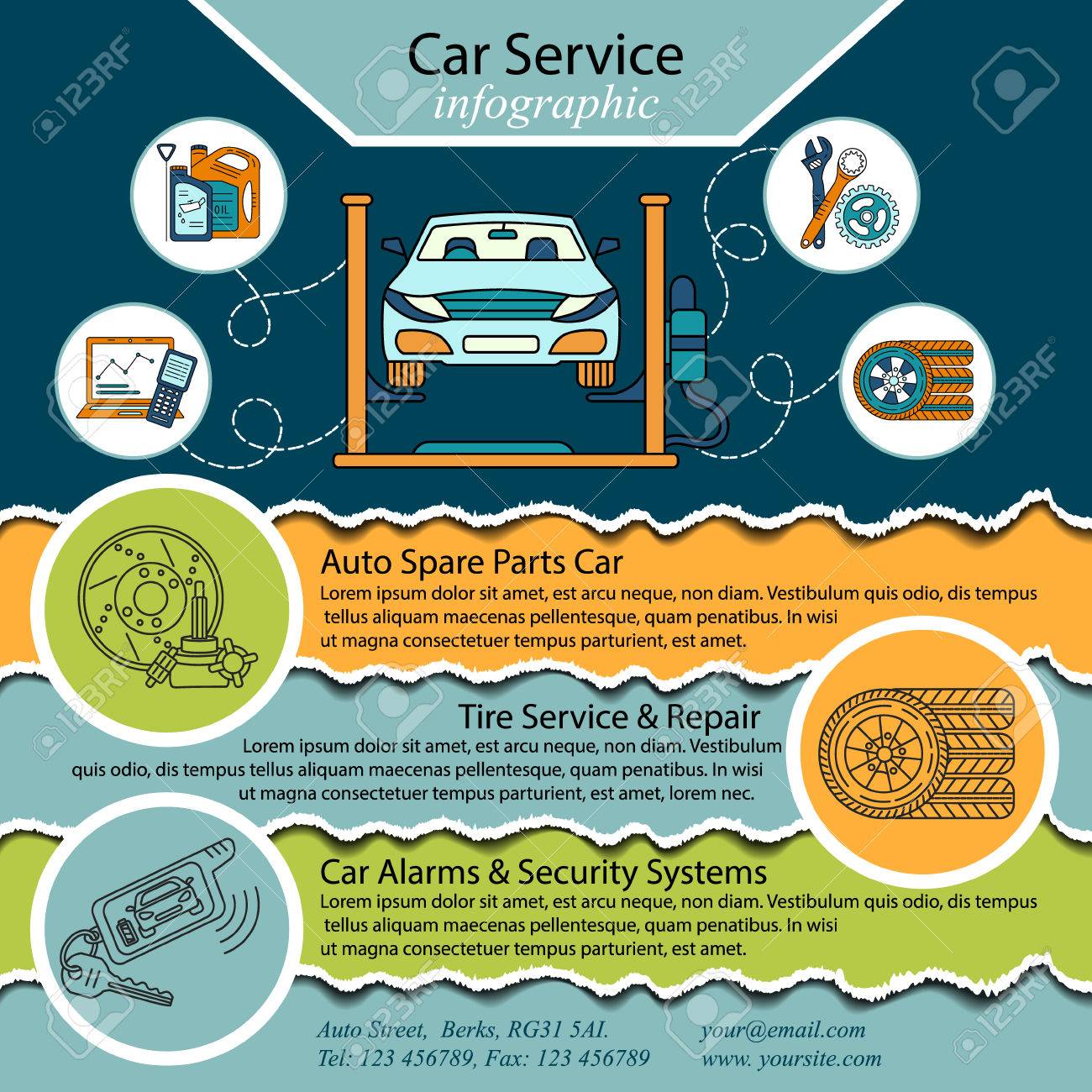Gain Understanding Into The Control Panel Warning Lights In Your Lorry To Recognize Their Implications On Your Car'S Health And Safety And Security
Gain Understanding Into The Control Panel Warning Lights In Your Lorry To Recognize Their Implications On Your Car'S Health And Safety And Security
Blog Article
Short Article Writer-McKee Mendoza
When you lag the wheel, those radiant caution lights on your dashboard can be a little bit difficult. Do you recognize what they're trying to tell you concerning your vehicle's health? Understanding the significance of these lights is vital for your safety and security and the durability of your lorry. So, the following time among those lights turns up, would not you want to decode its message properly and take the necessary steps to resolve it?
Common Warning Lights and Interpretations
Determine common warning lights in your auto and comprehend their definitions to make certain safe driving.
One of the most common caution lights include the check engine light, which signifies problems with the engine or emissions system. If this light begins, it's critical to have your lorry inspected promptly.
The oil pressure cautioning light indicates low oil pressure, requiring immediate attention to prevent engine damages.
A flashing battery light may suggest a faulty charging system, potentially leaving you stranded otherwise attended to.
The tire stress monitoring system (TPMS) light signals you to low tire pressure, affecting vehicle security and gas effectiveness. Disregarding https://www.repairerdrivennews.com/2022/02/01/ill-bill-would-require-oem-specifications-to-be-followed-in-collision-repairs/ could bring about unsafe driving conditions.
The ABS light indicates a problem with the anti-lock braking system, jeopardizing your ability to stop rapidly in emergencies.
Finally, the coolant temperature advising light warns of engine getting too hot, which can lead to extreme damages if not solved quickly.
Understanding these common caution lights will assist you address problems immediately and maintain secure driving conditions.
Value of Prompt Interest
Recognizing the typical warning lights in your vehicle is just the very first step; the significance of without delay dealing with these cautions can not be highlighted sufficient to ensure your security when driving.
When a warning light illuminates on your control panel, it's your car's means of communicating a prospective concern that needs attention. Ignoring these warnings can bring about much more severe troubles later on, jeopardizing your safety and possibly costing you much more in repairs.
Motivate interest to alerting lights can protect against malfunctions and mishaps. For example, a flashing check engine light could show a misfire that, if left ignored, could trigger damage to the catalytic converter. Resolving this immediately can save you from a costly repair.
Similarly, a brake system advising light might signal low brake fluid or worn brake pads, critical components for your safety and security when driving.
Do It Yourself Troubleshooting Tips
If you observe a caution light on your control panel, there are a couple of do it yourself repairing suggestions you can try prior to seeking specialist aid.
https://ecu-tuning-for-beginners28405.csublogs.com/36616989/reacquaint-yourself-with-these-ten-essential-car-upkeep-suggestions-to-make-sure-much-better-efficiency-and-a-longer-life-span-for-your-lorry-your-car-will-absolutely-value-it is to consult your cars and truck's guidebook to understand what the details warning light shows. In some cases the concern can be as easy as a loose gas cap triggering the check engine light. Tightening up the gas cap might fix the problem.
Another usual issue is a low battery, which can cause numerous cautioning lights. Inspecting the battery links for corrosion and ensuring they're secure could fix the issue.
If a caution light continues, you can attempt resetting it by detaching the car's battery for a few minutes and after that reconnecting it. Additionally, inspecting your automobile's liquid degrees, such as oil, coolant, and brake fluid, can aid troubleshoot warning lights related to these systems.
Conclusion
To conclude, understanding your auto's warning lights is essential for keeping your vehicle running smoothly and safely. By quickly resolving these signals and recognizing what they indicate, you can avoid costly fixings and possible failures.
Bear in mind to consult your automobile's manual for particular details on each advising light and do something about it appropriately to guarantee a hassle-free driving experience.
Keep educated, stay secure when driving!
